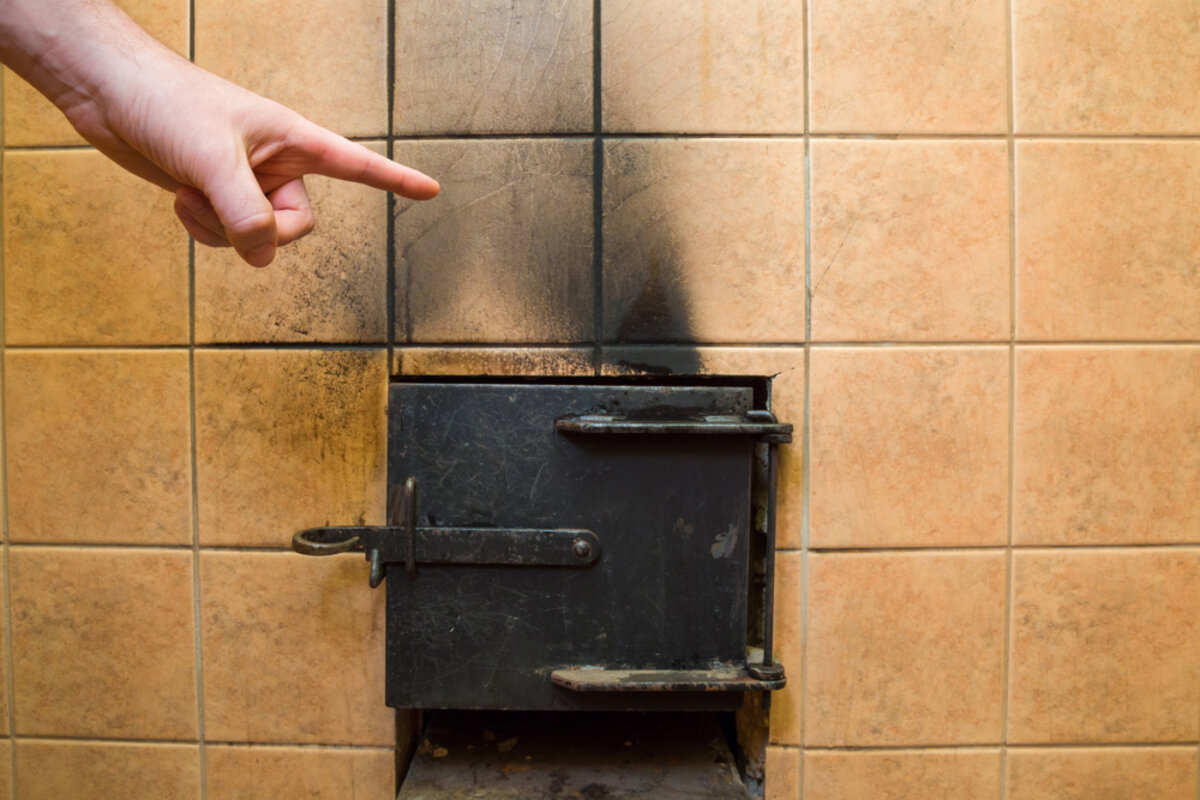Wet walls are often a sign of water damage. Leaking or burst pipes can dampen your walls, leading to problems such as mold growth or even structural damage. So, whenever one of your walls suffers water damage, immediately begin the treatment process.
Drying is essential for treating damp walls. Most houses have drywalls that absorb water from both inside and outside. However, water collected on the outside evaporates, and this part of the affected wall dries out quicker than the interior. As for the interior, the water collected continues to expand as it doesn’t receive enough airflow.
However, these aren’t the only factors affecting a water-damaged wall’s drying time.

Factors Affecting Water-Damaged Drywall Drying Time
You might be wondering how much time it may take for the drying process to complete. Several factors affect the time that water-damaged walls take to dry.
Impact
The more water the wall absorbs, the more time it will take to dry. So, the drying process depends on how much and how quickly the wall absorbs water.
The Drying Process
The time a water-damaged wall takes to dry depends on the drying method. For instance, relying on air drying alone may take longer than some other methods, especially those using special equipment.
Accessibility
Since the accessible part of the wall dries more quickly than the interior, you could try opening up the other side. So, with both sides now exposed to the external environment, the wall dries up within weeks rather than months.
Paint
Painting the wall can adversely affect the drying process. Walls coated with more paint usually take longer to dry than those with fewer layers since they trap the moisture absorbed. Wallpapers also similarly affect the drying time.
Tools Required for the Job
You will need these tools to dry out damp, water-damaged walls.
- A utility knife.
- A painter’s bar.
- Dehumidifiers.
How to Dry Out Walls After a Leak?
Most water-damaged walls dry out naturally over time. However, you can quicken the process with the help of special equipment. While there are many ways to dry out water-damaged walls, the below method should help you get started.
Conclusion
The time that water-damaged walls take to dry, especially those caused by the leaks from broken pipes running behind them, depends on several factors, including:
- The extent of the damage.
- The drying method.
- Interior wall accessibility.
- Paint and wallpaper.
You can use the DIY method described above to dry out water-damaged walls or contact experts such as Water Damage Near Me and let them take care of it. The following table outlines the steps you will need to dry out water-damaged walls.


















